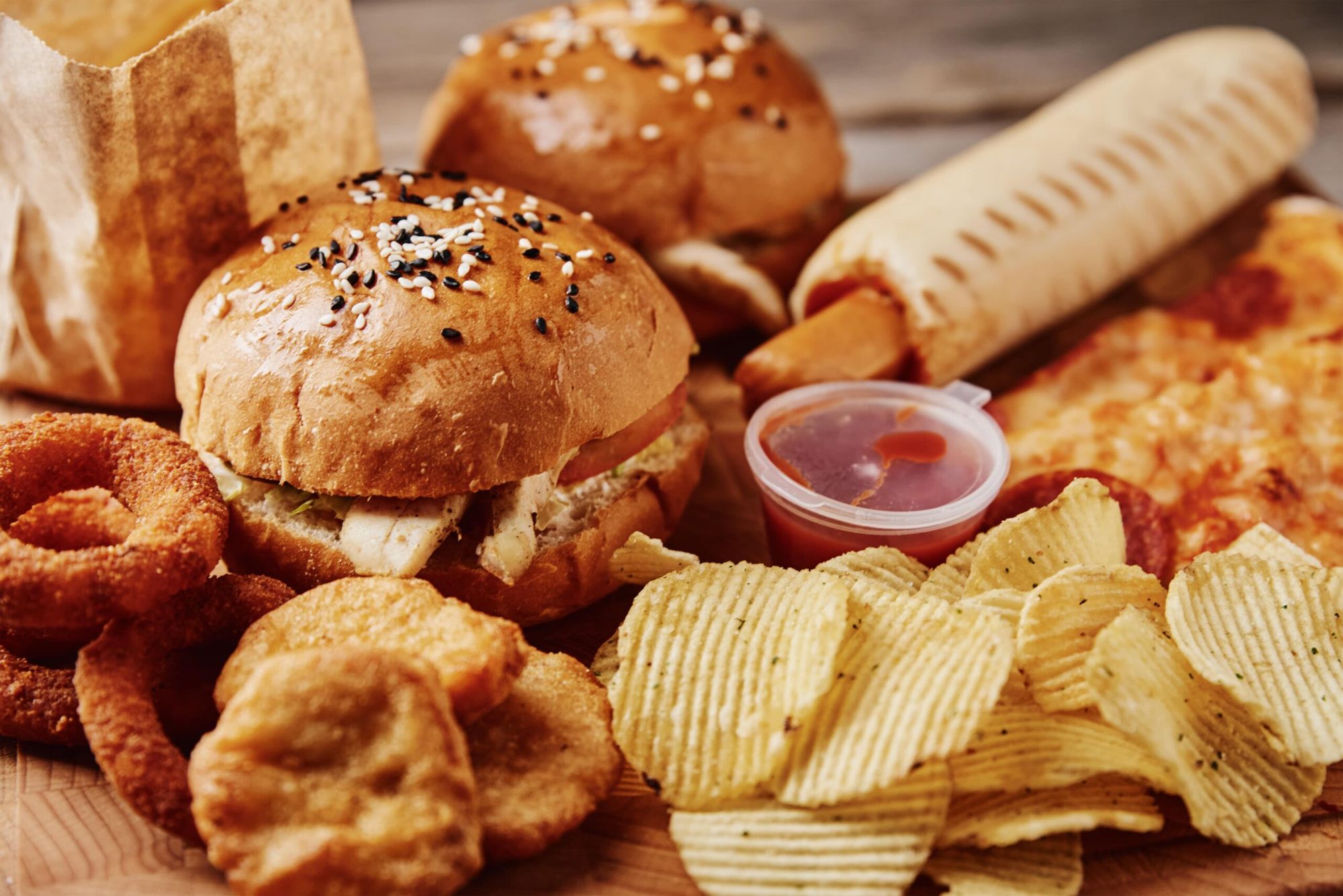
Intermittent fasting requires you to fast (typically for 14 – 16 hours) before your eating window each day, which can lead to binge eating during your eating window if you’re not careful. After suppressing your hunger and your desire to eat, it is easy to succumb to binge eating when the clock finally permits you to start eating during an intermittent fasting regimen. Most people feel very excited to eat, and some feel as if it’s a free-for-all since they’ve been depriving themselves.
Even if you successfully fast for 14 – 16 hours, however, that does not mean it’s a free-for-all. You still have to count your calories on the intermittent fasting program, especially if you’re following this program to lose weight or maintain your current weight.
It can be quite difficult to transition from fasting mode into your eating window, because you may have the urge to overeat to compensate for fasting, or due to extreme hunger.
Some people are so hungry when their eating window commences, that they forget to count calories, and start shoveling food into their mouths.
Remember, binge eating is not only going to lead to weight gain, but it is also unhealthy for your body’s digestive system and can lead to heart problems. Binge eating involves overeating, eating very quickly, and eating in excess. Binge eating is a type of disordered eating behavior that you should not ignore, not even if you’ve been fasting. That said, you can avoid binge eating when it’s time to break your fast by harnessing the following tips:
1. Drink a large glass of water before your meal
Before you start feasting, make it a point to drink a big glass of water before you take your first bite. This will encourage the sensation of fullness, and help disarm those desires to overeat. When your stomach feels full, it will dissuade you from excessive eating.
Some people also drink soda water during their meal, because this too creates increased feelings of fullness.
2. Eat as slowly as you can, and chew your food
Binge eating after a fasting period often occurs because you eat so fast that your body doesn’t have time to send you the signals that you’re full. Since it takes your body about 20 – 30 minutes to recognize that you’re full, it’s crucial to eat slowly. If you shove an excessive amount of food down the hatch within 5 minutes of eating quickly, your body won’t have time to tell you that you’re full, and once your body recognizes it, you’ll feel very sick and overly stuffed.
If you eat slowly, however, you’re less likely to overeat, because you’ll get full in time to stop.
A tip for eating more slowly is to chew your food many times before swallowing, and put down your fork in between bites, instead of shoveling it in.
Eating slower is part of the healthy concept of mindful eating.

3 Start with soft foods
Since your stomach has been empty for quite some time after fasting mode, it would be helpful to start with soft and easy-to-digest foods like oatmeal, chia seed pudding, poached eggs, or a light salad. Starting your day with healthy meals will motivate you to make the right choices throughout the day.
Chia seed pudding is an especially great choice to avoid binge eating, because they’re very filling and they’re a healthy snack. Chia seeds expand in your stomach, making you feel full, and curbing the desire to keep eating. Check out these fantastic and easy-to-make chia seed pudding recipes.
4. Hit your macros and eat fiber-rich foods
Binges often involve grabbing whatever food is available, with the most tempting foods being the treats your tongue craves. Before you reach out for the snacks or processed food items, make sure to hit your required macro intake first. This will prevent your body from going into starvation mode.
Moreover, treats should be minimal and healthy foods must be the priority. Ensure that you eat enough fiber, protein, and unprocessed carbs. You will notice that these foods will make you feel satiated quicker, so you are less likely to gorge on food and reach for whatever’s available. You can also consider taking supplements to fill nutrition gaps.
Generally speaking, foods that are high in fiber are very filling and help prevent overeating. Check out this list of healthy high fiber meals.
5. Organize the pantry
If you know that you have tendencies to binge eat certain foods after a fast such as chocolate-dipped granola bars, organize your pantry to include these items in smaller quantities, or eliminate them completely. You cannot binge on treats that you don’t have. Instead, try to replace your ‘craving foods’ with healthier food options like fruits, nuts, and whole grains.
If you have low self-control when it comes to eating, you’ll likely have to eliminate your guilty pleasures from your pantry altogether.

6. Make a Mindset Shift
Intermittent fasting is essentially about willpower. You need a radical mindset shift to make this eating program successful for you. It’s not a diet but a lifestyle. More importantly, don’t think of your eating window as your license to eat whatever you want. Overall, calories still need to be limited to a certain number per day if you want to lose weight, so it’s essential to make healthy choices during your eating window. If you succeed at fasting, it could improve your mental wellness. When you can successfully manage when and what to eat, you could also more readily control other aspects of your life as well.
Keep in mind that before you start fasting, you have to consult your physician, especially if you have certain health conditions such as diabetes or hypertension. This is because sometimes, fasting can interfere with your blood sugar. You can also take a CircleDNA test, which is an at-home DNA test that provides hundreds of health reports based on your DNA. Included in these hundreds of DNA insights, you’ll find your genetic diet and nutrition profile, which explains what your optimal diet plan is, based on your DNA.
Reference
- 5 Very Real Dangers of Binge Eating (Keck Medicine of USC) https://www.keckmedicine.org/blog/5-very-real-dangers-of-binge-eating/







This Post Has One Comment
Comments are closed.